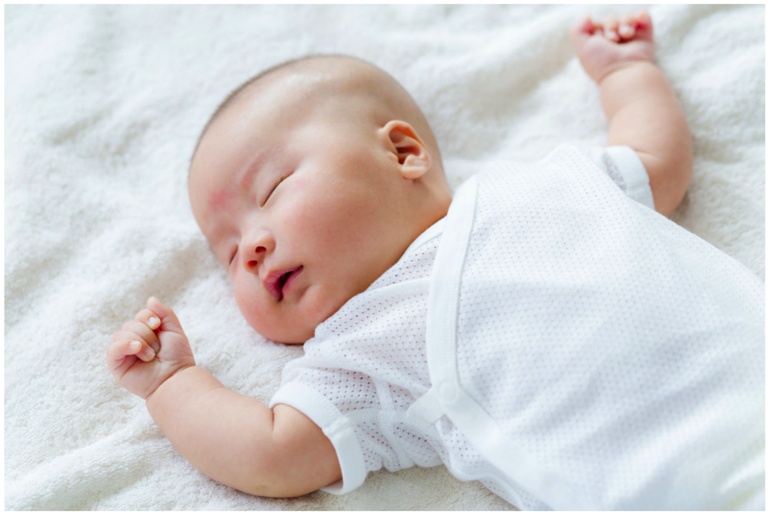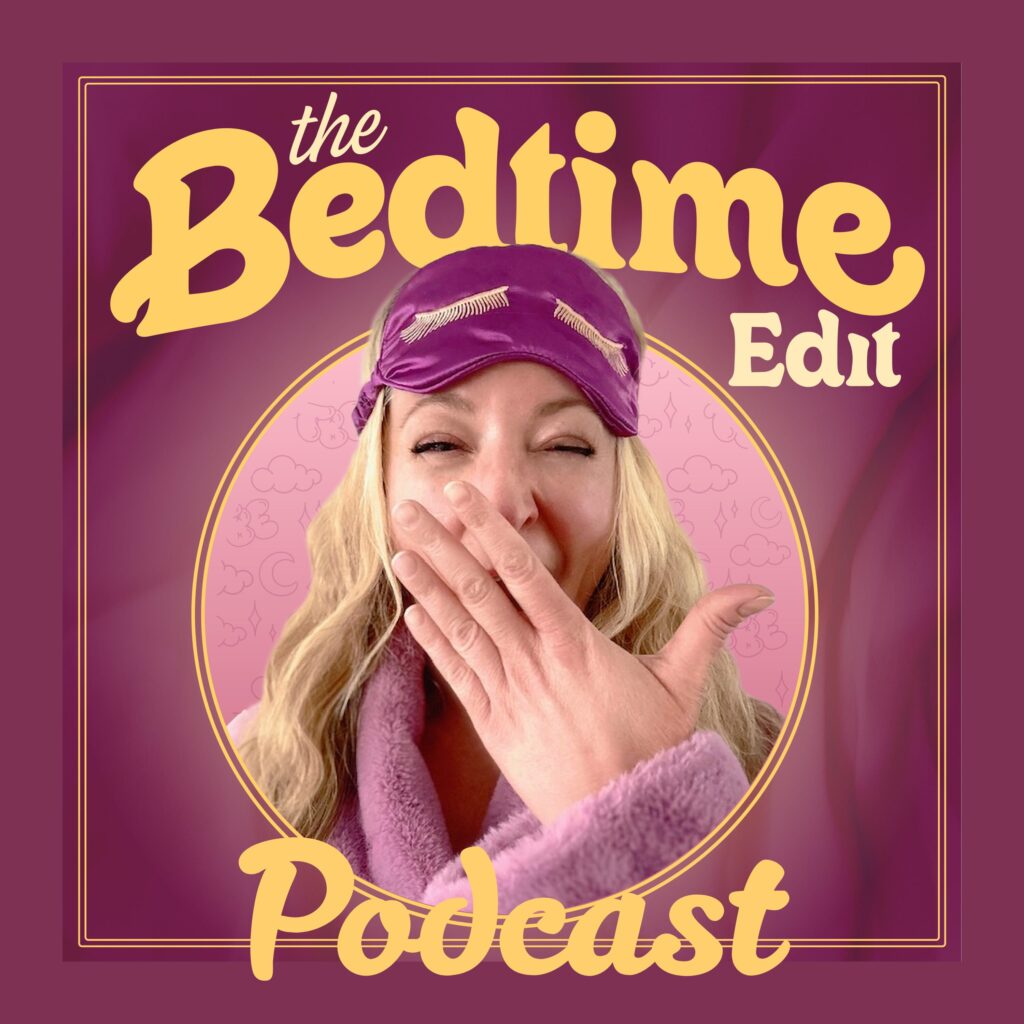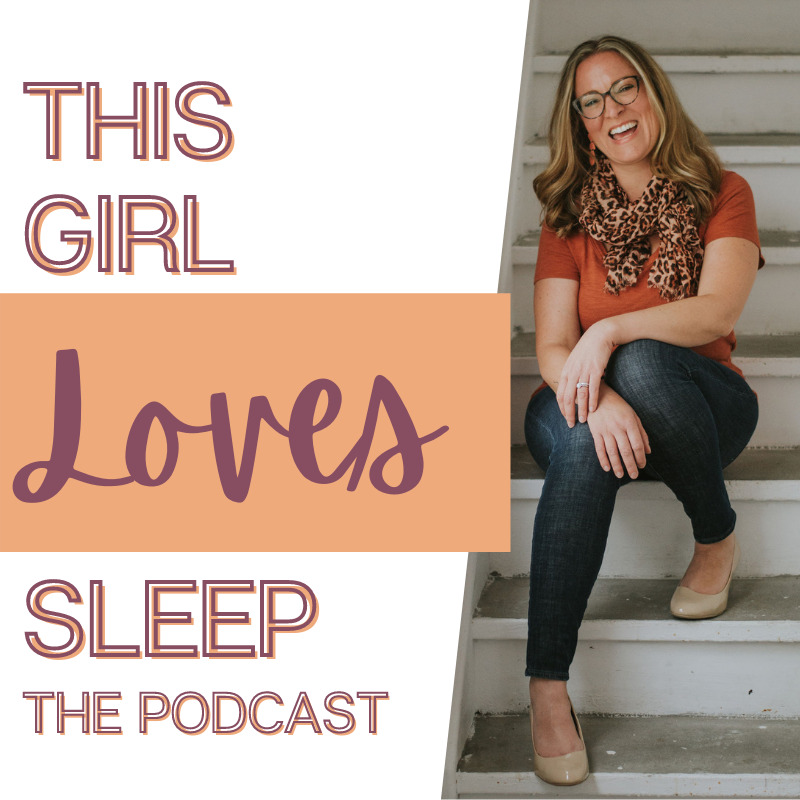Maybe the newborn weeks were idyllic – your baby ate, slept, and woke on a fairly predictable rhythm. Maybe the opposite was true and you’re sleep deprived and wondering what offerings you need to offer to appease the sleep gods. Either way, somewhere between 3 and 6 months, it’s going to change. At around 4 months of age (really anywhere between 3 and 6 months), babies begin sleeping more like the rest of us with phases of light and deep sleep, meaning they may wake up more as they adjust to the change.
Naps are a rough spot for many parents. Before offering you any 3 month old sleep tips first let’s look at your little guy’s age. During the 4thtrimester (months 1-4), babies’ circadian rhythms aren’t fully developed – which means that, biologically speaking, it’s tough to get a baby on a consistent nap routine until they are at least 4.5-6 months of age. Even then, some babies take a bit longer to settle into routine. Right now your two main goals are to keep him consistently fed and rested, in a manner that works for both you and your baby. Take the pressure off and throw the rules out the window!
Sign Up For Our Newsletter
Sleep is a natural thing: we are all born with the ability and inclination to sleep. What doesn’t come naturally, however, is the ability to fall back asleep independently. This is a skill we must learn as humans, and starting between 4 and 6 months of age, your baby can learn that lesson for himself. Think of it like any new skill: walking, talking, riding a bike – all awesome skills but none came easily. The ability to self-soothe doesn’t begin to develop until somewhere around 12 weeks of age give or take a few weeks. Babies need to practice this ability in order to become proficient at it. You can start slowly working on those self-soothing skills but it will take time, repetition, and patience on your part. It’s never a sure thing for a baby under 4 months old and you can’t hurry the process along. There are, however, a few things you can start doing to help your baby learn this skill:
Make baby’s sleep environment as consistent as possible.
Between 3-6 months, you can start getting baby used to his crib both for day and night sleep if that is a step you are ready to take. Keeping things consistent for both day and night sleep will help him feel safe and secure in his sleep environment. The only way for baby to get used to his crib is to be in it. He may only last a few minutes at first, so be patient. You want to create an association between the crib and sleep so that baby knows when he’s in the crib, it’s time to sleep.
Understand that sleep and naptime may become multi-part events.
Naptime’s not necessarily over just because the baby cries. Before you run to the door, stop, wait and listen – he may be trying to self-soothe. Let them practice soothing themselves to sleep first before you go to them. This is a small step in allowing him to practice the skill of falling back to sleep. If, after 5 or 10 minutes, he’s still crying you can go in and help him if need be. There are no real rules at this age. If he’s just making soft noises and fussing, try to leave him until he falls back to sleep, if he’s very unhappy, pick him up.
Sleep Tip: Watch for signs of sleepiness when baby is awake. Often we are pushing out our baby’s wakeful periods to long and an overtired baby will not fall asleep easily. Watch their sleep cues and try to avoid putting them down overtired for the next nap or at bedtime. If baby is rubbing his eyes or yawning – consider it a sign baby is ready for rest!
Introduce routine to naptime as well as bedtime.
Bedtime routines are important, but did you know that you can incorporate a short naptime routine before your baby’s nap to help them drift off to dreamland? While I recommend giving yourself at least 30 minutes to have a nice, relaxed bedtime routine, you can condense this routine for naps to be about 10 minutes or so. An example of a naptime routine could be: bring baby to the nursery, dim the lights, change their diaper, and sing a short lullaby, leave baby to fall asleep. A routine can help cue baby that naptime is coming, getting them mentally prepared for sleep.
Make baby’s room as dark as possible during sleep times.
As anyone who has ever worked a night shift can attest, sleeping in a bright room is very difficult. Use blackout shades to help darken baby’s room during naptime. A dark room will help with the release of that awesome sleep hormone, melatonin, which will aid in making your baby nice and drowsy and ready for that nap.
Keep the environment as quiet as possible. Easier said than done when there are older siblings who no longer nap, but not impossible. Introduce a white noise machine that runs continuously throughout his nap to help lull baby into a deep and restorative sleep. Any sound machine should be placed on the lowest setting and as far away from the crib as possible to prevent possible hearing damage.
Sleep Tip: Blackout shades can be hard to find for all window sizes. While you’re looking, try the cheap and effective temporary solution (also handy when travelling): tape up some garbage bags to the window frame, completely covering the window. It’s not a permanent solution, but it works well until you can make the investment in new window coverings or blackout lining for the existing ones.
So many parents feel pressure to have their baby on a schedule right away. Don’t fall into that trap. Between 3-6 months, babies will develop the skills needed to become superstar sleepers, if we set them up for success.

Alanna McGinn is a Certified Sleep Consultant and Founder of Good Night Sleep Site – a Global Pediatric and Family Sleep Team. She provides free child and family sleep support through her Facebook, Twitter, and Instagram. She invites you to join her sleep community as she works towards Good Night Sleep Site’s mission of a healthier rested family unit. For more sleep tips please visit Good Night Sleep Site. Join our movement and #BringBackBedtime.










